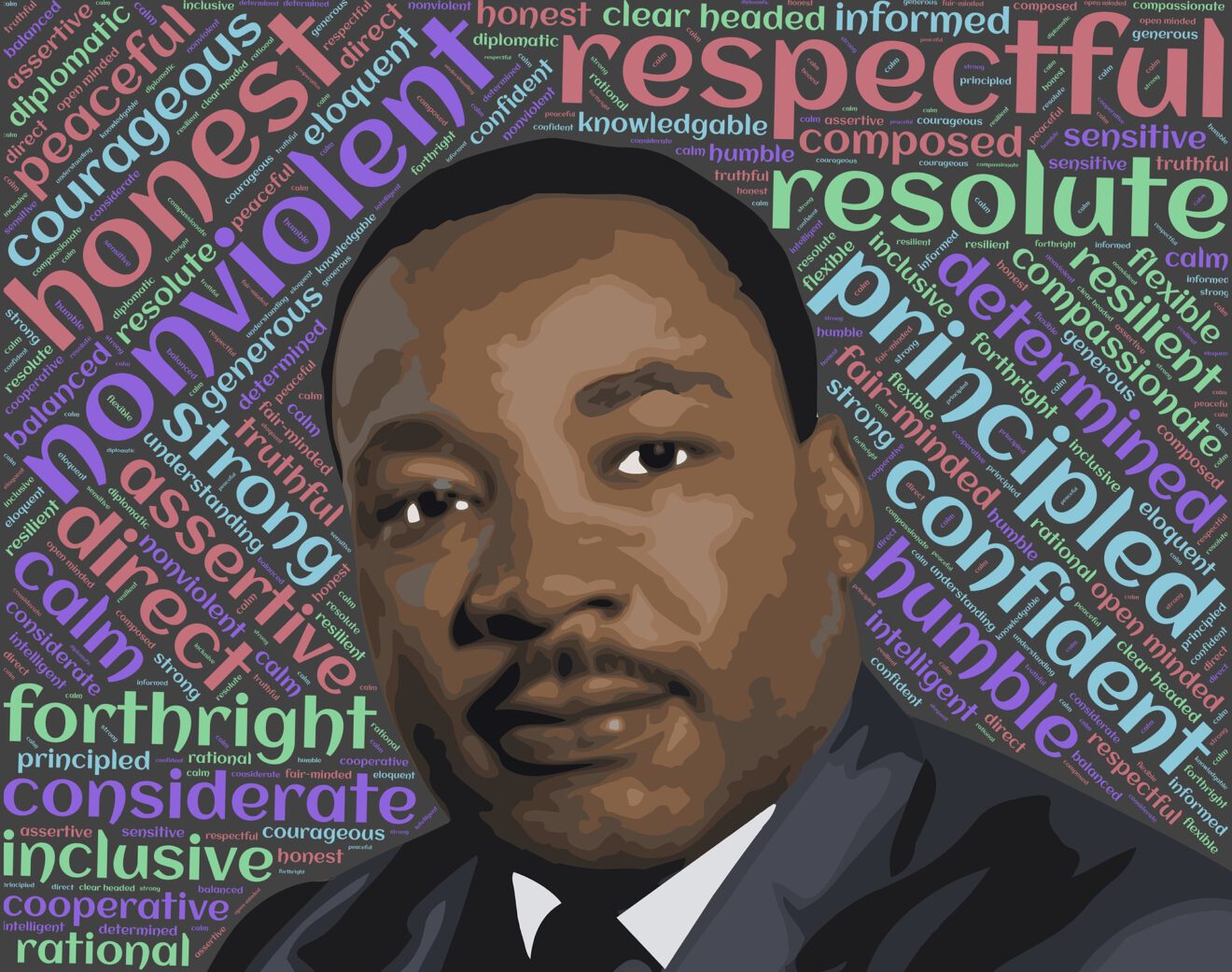Educators work hard to diversify their teaching practices, using a variety of tools and materials, incorporating different learning styles and allowing students to have a voice in their learning. At David C. Barrow Elementary, we have a project that takes all these things to the next level. With our “Barrow Peace Prize” project, second-grade students choose six nominees from civil rights history and decide what attributes the winner must embody. Each student picks a nominee to research, and then creates a persuasive video essay about why their nominee should win the prize.
When beginning our research, we share a Google Doc graphic organizer in Google Classroom. One of the databases our students use for research is PebbleGo. Designed for students in the younger grades, it offers a base of facts about a variety of topics, which are broken down into manageable sections under each heading. We use many of the headings to craft our graphic organizer questions so that students can navigate the information related to the question.
In the library, students use Flipgrid to record a video of themselves reading their persuasive essay. As each student records, their video is uploaded to a grid with videos from all the other students researching that same person. People from across the country — and the world — then vote on a winner. Some students are more introverted and don’t like sharing in front of the whole class, but tools like Flipgrid let them speak to just the iPad. This allows their voice to be heard in a way that it might not be heard in the classroom.
Two students are selected to 3D design the peace prize. I show them how to use Tinkercad, sit with them while they design and offer troubleshooting tips. Even though it can be a challenge to use these new skills with young learners, they prove again and again that they can do it. If they start using these tools now, it will only strengthen the kind of work we can do together in later grades.
One of the biggest benefits that I’ve seen through this project is student motivation. Students are motivated when they know their work has a genuine audience. They see the maps of visitors to the projects, the number of views, and the number of likes that previous second-grade classes have received, and they know that their work must be their absolute best. We saw students who would normally write minimal amounts during writing time suddenly writing full persuasive pieces — because they knew people would listen. Students respond to knowing that their voice matters in the world.
The Barrow Peace Prize weaves together digital literacy, information literacy, public speaking, reading, writing, art, social studies, character development, student voice, global collaboration and more. It has a balanced mix of print and digital content, and it brings an entire grade level together to work toward a common goal, rather than being in individual competition. Because we’ve been so public with this project, other libraries and schools have already started similar projects, so our students are able to see that something they create can have an impact on people around the world. Through projects like this, we can teach our students that their voice matters.
Andy Plemmons is the media specialist at David C. Barrow Elementary in Athens, GA. He is also the 2017 American Association of School Librarians Social Media Superstar for Sensational Student Voice, a 2016 Library Journal Mover and Shaker, a Google Innovator, and an NSBA “20 to Watch” honoree. Find him the Barrow Media Center blog, or on Twitter at @plemmonsa.
Tech Tips is a weekly column in SmartBrief on EdTech. Have a tech tip to share? Drop us a line at [email protected].
Like this article? Sign up for SmartBrief on EdTech to get news like this in your inbox, or check out all of SmartBrief’s education newsletters, covering career and technical education, educational leadership, math education and more.
